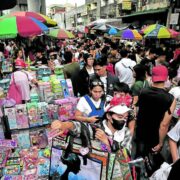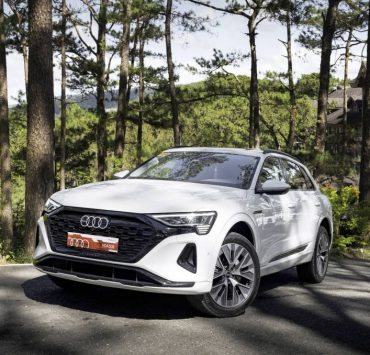Riding through Revolution and Recreation
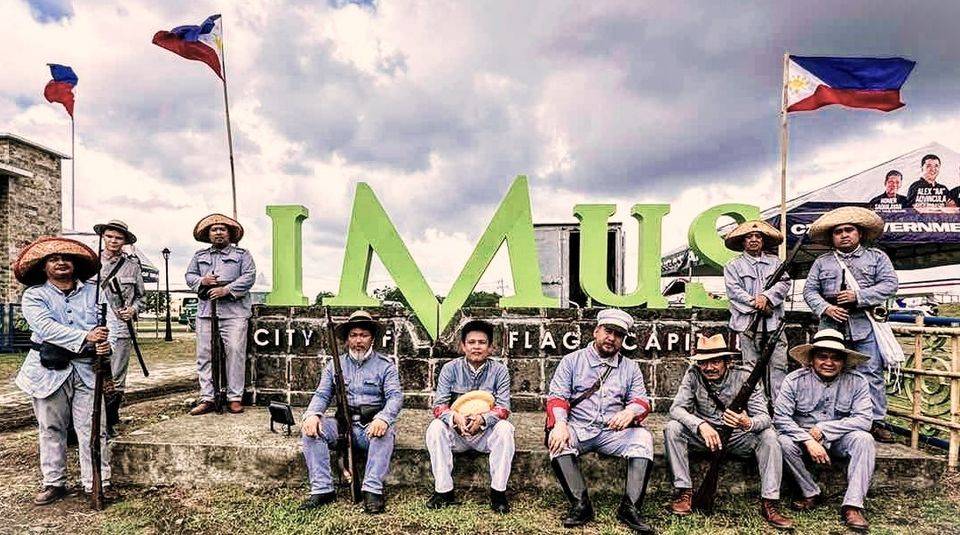
It is again this time of the year when the Filipinos’ occasional patriotic fervor reach its peak with the observance of Independence Day on June 12. Road warriors are on the prowl for places for a quick getaway in the metro’s fringes to blend our patriotic duty with fun family and friends.
Fortunately, we don’t have to do long drives to mark this historic event for at Manila’s southern doorstep is Cavite province, the cradle of the revolution and independence, and in recent years, recreation.
Pit Stop 1: Imus. This rapidly-urbanizing city is the site of the Battle of Imus, a significant clash in the first months of the 1896 Revolution where Filipinos defeated the Spaniards and fanned the flames of the Luzon-wide uprising.
It also witnessed the Battle of Alapan, the Filipinos’ first major victory in 1898 which is observed with the start of the National Flag Days on May 28 at the sprawling Imus Heritage Park which has one of the country’s tallest flagpoles.
A new township is taking shape around the new spanking Government Center in the interior barangay of Malagasang which brings some prominent lifestyle brands to this suburban district.

Wax nostalgia in the old población where ancestral homes, the Cathedral of the Our Lady of the Pilar, public plaza still proudly stand.
Pit Stop 2: Kawit. This town is the ground zero of Independence Day rites centered at the iconic Museo ni Emilio Aguinaldo where freedom was declared 126 years ago. A few hundred meters away from the Shrine is St. Mary Magdalene Church, seat of the patroness of Gen. Aguinaldo’s Magdalo Council and eventually, the Philippine Revolution itself.
Also in Kawit is Museo ni Baldomero Aguinaldo and the Battle of Binakayan Monument, both in Binakayan.
After a heady trip, laze at the Water Camp at Josephine Resort which has a wave pool, lazy river, giant slide, several swimming pools, a comfy boutique hotel, and a restaurant known for its delectable seafood.
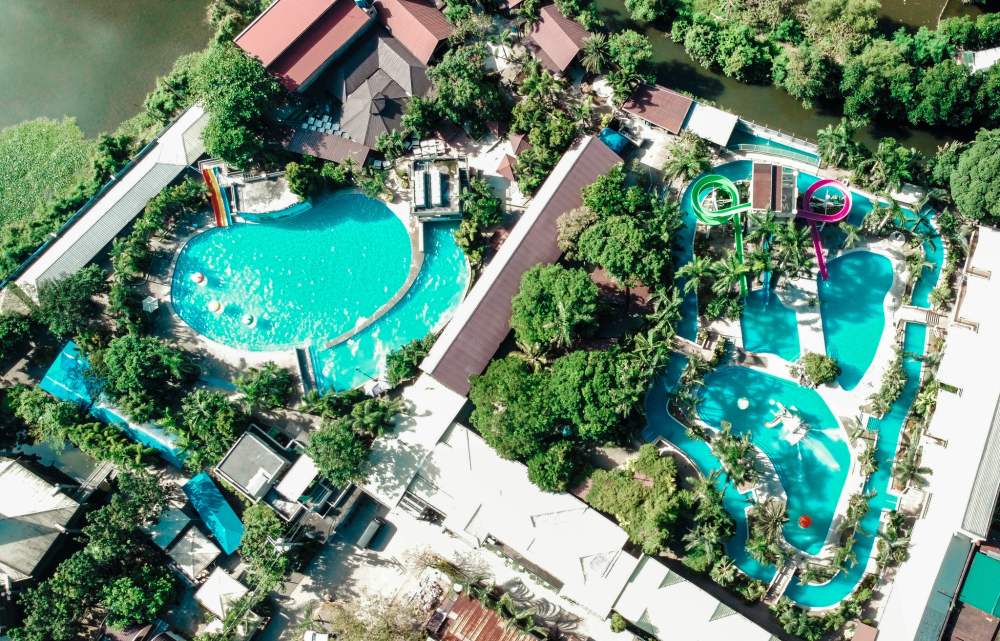
Pit Stop 3: Cavite City. Known during the Spanish era as Cavite Puerto, it is the provincial capital and trading port of the Manila-Acapulco Galleon Trade. Unknown to many, it has been recognized by the National Historical Commission as the seat of the Revolutionary Government and site where the Philippine flag was first unfurled two weeks before Independence was proclaimed.
It is quietly reclaiming its heydays by showcasing the Spanish-era naval base and Fort San Felipe, the 13 Martyrs, Samonte Park, Porta Vaga Church, and a few surviving ancestral homes of ilustrado patriots.
Before leaving, complete your time travel at Café Antix, an eclectic-themed restaurant and sink your teeth in its finger-licking burgers, pizzas, pastas, coffee and tea concoctions.
Pit Stop 4: Naic. One of Cavite’s biggest colonial-era towns, it is home to the Diocesan Shrine of the Immaculate Conception Church and Casa Hacienda where Andres Bonifacio and brother Procopio were imprisoned before they were court martialed in May 1897.
Its claim to fame is Torres Farm and Resort which prides itself in its Disneyland-like claim of being “the Happiest Place in Cavite” with its miniatures of 33 international landmarks.
Situated along Governor’s Drive, it is a one stop-leisure complex populated with hotels, villas, swimming pools for all ages, event venues, dining outlets, and greeneries of gardens, vegetable farms, and manicured lawns.
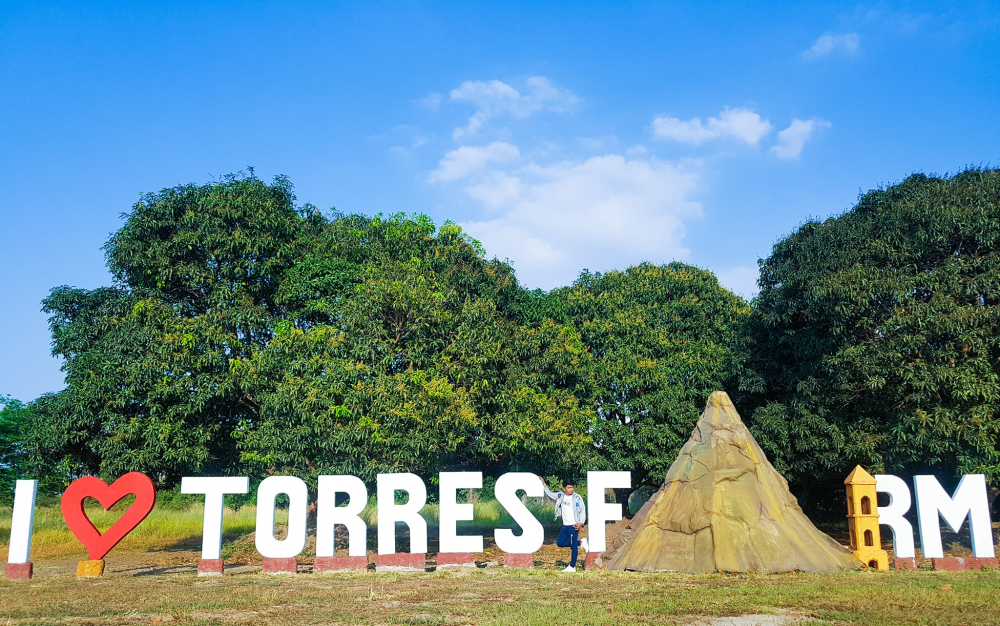
The coastal town is also dotted with cozy beach resorts which were at one time, a favorite excursion place of Manila’s beach bums, and is trying to recapture its old market.
Pit Stop 5: Maragondon. This far-flung town has the unenviable reputation of being where Katipunan founder Andres Bonifacio and his brother were tried and later executed in the hinterlands by the revolutionary army. This dark day in the Revolution is memorialized at the restored Bonifacio Trial House which was recently turned over to the Museo de Tolentino Fundacion for redevelopment.
There’s also the Our Lady of the Assumption Parish Church which is recognized by the National Museum as a National Cultural Treasure.
But beyond its not-to-pleasant reputation, Maragondon is among the province’s top-of-mind travel hotspots because of its relatively pristine natural attributes untouched yet by urbanization.
This under-the-radar destination will surprise you with the majestic Pantihan Falls, powdery beaches and crystalline water, quaint resorts by the clean and green Inuquit River, bamboo raft lunch cruise, and the Bonifacio Shrine in Mt. Buntis where the brothers are believed to be executed.
With its strategic location along the national highway, it has quaint roadside restaurants which are reviving lost local cuisines. Also along the road is Likhang Maragondon Native Products and Pasalubong Center for handwoven and bamboo craft souvenirs.





